Thanks for your Interest in Becoming an Affiliate.
Affiliates earn 8% commission per sale!
Please start with watching intro video below:
IMPORTANT- We’ve changed our affiliate platform to e-junkie on May 29, 2020. If you signed up before this date, please update your affiliate links.
Join the Affiliate Email List
If you haven’t already, please join mailing list below so you can be included and get email updates. If you joined the mailing list in the past, no need to sign up again.
A Few More Details:
You’re invited to join our exclusive No Prep Yoga Plan Affiliate Program and be part of an amazing community of professionals.
If you are a yoga instructor, owner of a yoga studio, or simply have a strong passion for meditation or christian-based yoga, we highly recommend that you join!
As part of the Affiliate Program you will have instant access to:
- Marketing Guide on how to effectively use digital marketing to promote NPYP.Banner ads, email marketing letter, and other affiliate tools.
- Opportunity to network with other successful yoga professionals
- Earn 12% commission of any products purchased through your affiliate links.
Here are SEVEN quick and easy ways you can promote NPYPs and partner with us:
EMAIL PROMOS: Share NPYPs to your email audience. We have already created some email letters that you can use as is or modify. Or, if you like, create your own.
BANNER ADS: Place one of our banner ads on your website, Instagram page, Pinterest board, or even share it with your Facebook page/group.
VIDEO REVIEW: With the free copy you’ll receive just for partnering with us, share a live video highlighting what you love about NPYP and post it to your youtube challenge or FB page.
BLOG IT: Post one of our informational articles to your site and then place a banner ad and/or link at the end of the article. You’ll find articles in our affiliate section.
TESTIMONIAL: Do a favorable, but authentic NPYP testimonial sharing what you like about NPYP and how it can benefit other yoga teachers. We will add it to our website with your picture of course.
PROMO VIDEO: Post one of our NPYP promotional videos to any of your social media accounts.
SOCIAL: Share a message and link to NPYP on your Twitter, Snap Chat, or other similar social media account.
NEWSLETTER: If you have a regular newsletter, add a banner ad or even a short promotion about NPYPs.
BLOG REVIEW: Write an blog post reviewing and highlight various parts of No Prep Yoga Plans and then post it to your website with a link to NPYPs.
Instagram Posts and Stories: See graphics below.
We recommend TailWind for managing your social media accounts. Use this link to get a free month.
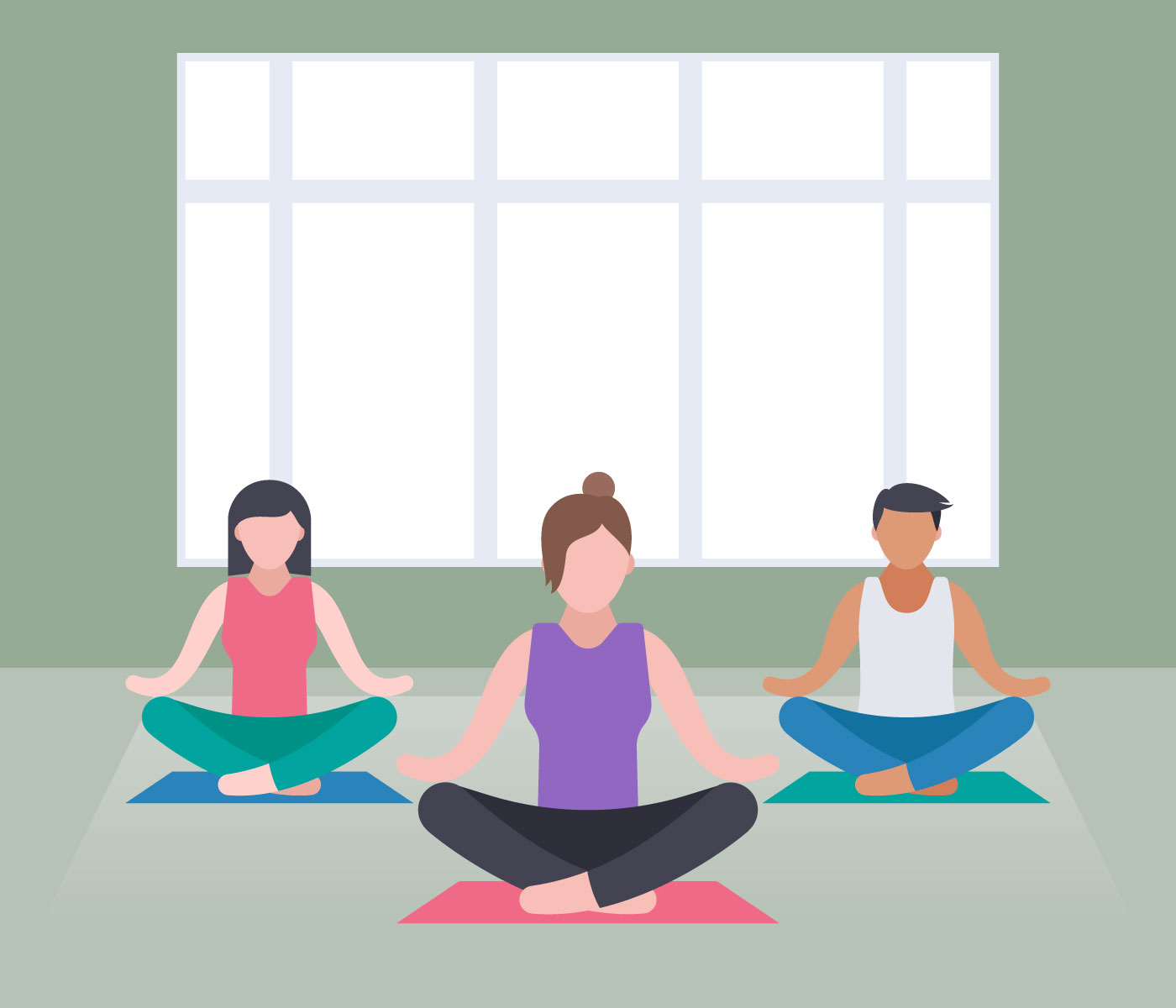
More Quick, Easy & Effective Ways to Promote NPYPs
FYI- As stated in the Affiliate Marketing Handbook, it’s best to choose 1-2 marketing methods and create an ongoing strategy around them for long-term success. Below are just a few promotional ideas just show you the possibilities. My best recommendation would be to download and read the Marketing Ebook above, and then decide the best media platforms for you.
11-Quick and Easy Promotional Ideas:
- Send 4 promotional emails to your email list (mail chimp, aweber, etc.)
- Create a heartfelt review or testimonial either written with picture or video.
- Place two of our banner ads in the side widget of your website or post to your pinterest board instagram page, or FB page/group (with affiliate link).
- Add one of our NPYP blog posts to your website with a clickable banner ad or hyperlink at the end.
- Do a NPYP shout out on Twitter!
- Place two of our banner ads in two of the following: the side widget of your website or post to your pinterest board, instagram page, or FB page/group.
- Talk about NPYP in a live or recorded FB or Youtube video.
- Post one of NPYP promo videos on your FB page.
- Send one promo letter to your email audience.
- Create an Pinterest pin linking to one of the articles below, that you have posted on your blog.
- Share NPYP in your next newsletter.
Learn How to Create a NPYP WebPage in Less Than 30 Minutes! (Video)
You can see the page I created using Elementor, a free web-builder plugin for WordPress by CLICKING HERE.
You don’t have to use Elementor to build a web page or post, but in case you want too, see this quick video on how to add Elementor to your WordPress website; it’s free. CLICK HERE.
FYI- Once you’ve created your page, don’t forget to enhance it by adding your title, description, and keywords into SEO in Yoast or All-In-One-SEO.
Two ways to create sidebar widgets for banner ads or graphics and hyperlinks.
How to promote with Pinterest (Use the same method with other forms of social media as well.)
Affiliate Banner Ads and Photos
FYI– With the new affiliate program, you can also access these banners from your personal affiliate page once you log in. These will already have you unique affiliate ID. Affiliates earn 8% for every product they sale whether it is an ebook or a hard copy.
If you have your affiliate code and know how to do a hyperlink, you can also right click and “save as” to download to your computer. If you are added as a widget on your blog, just go to widgets and select image, next upload the banner ad you want to use, then add your affiliate code where indicated in the widget area.
Want to create your own or have them created for you? Use tools like Canva.com or even Fiverr.com.




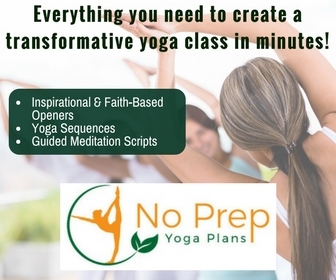



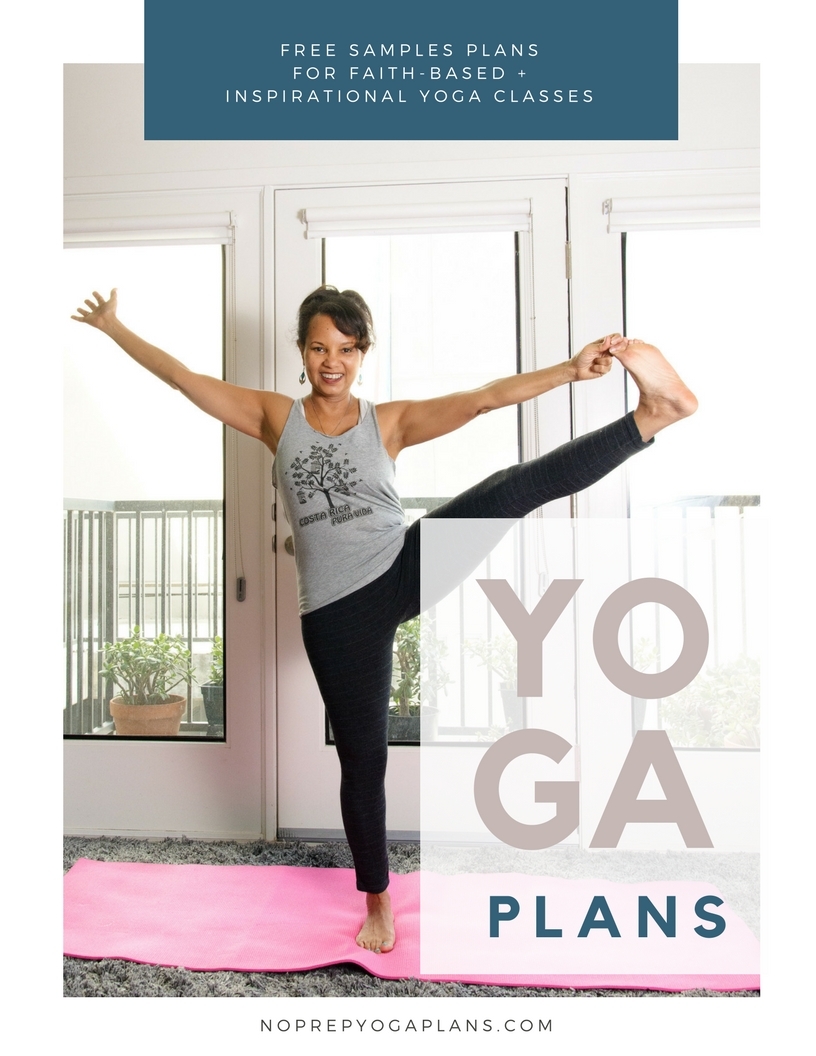

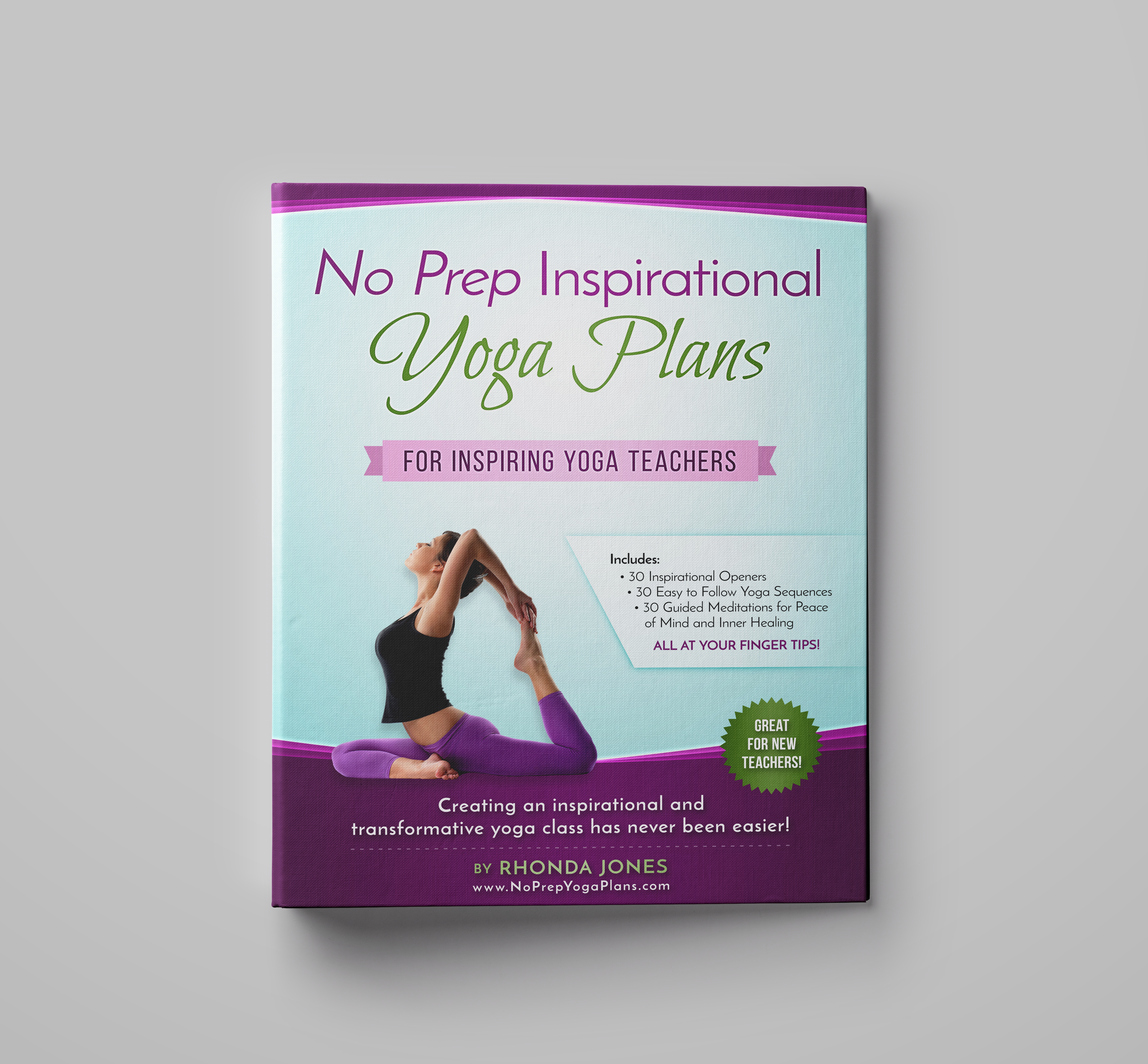
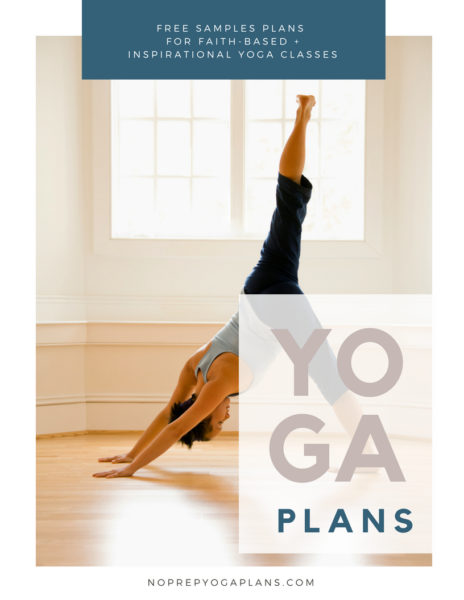
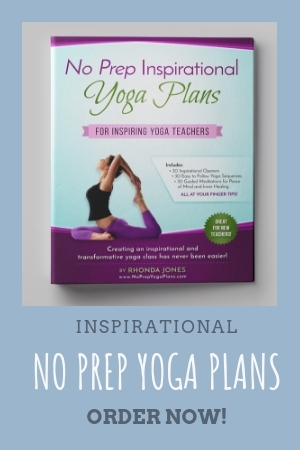
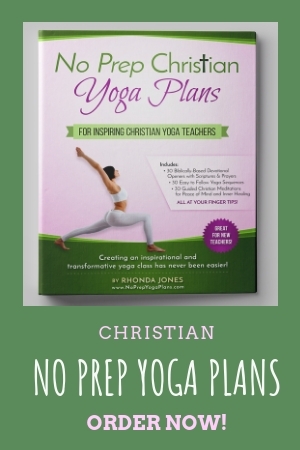

CLICK HERE TO SEE MORE NO PREP YOGA PLAN PHOTO ALBUM
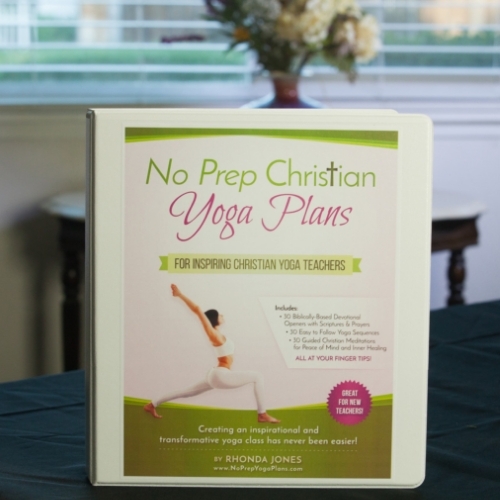
CLICK HERE FOR MORE PROMOTIONAL PHOTOS. Use these photos to create your own graphics, ads, and promos.
Instagram Posts
Create more of your own using Canva.com! To use graphic images just right click and save to computer.
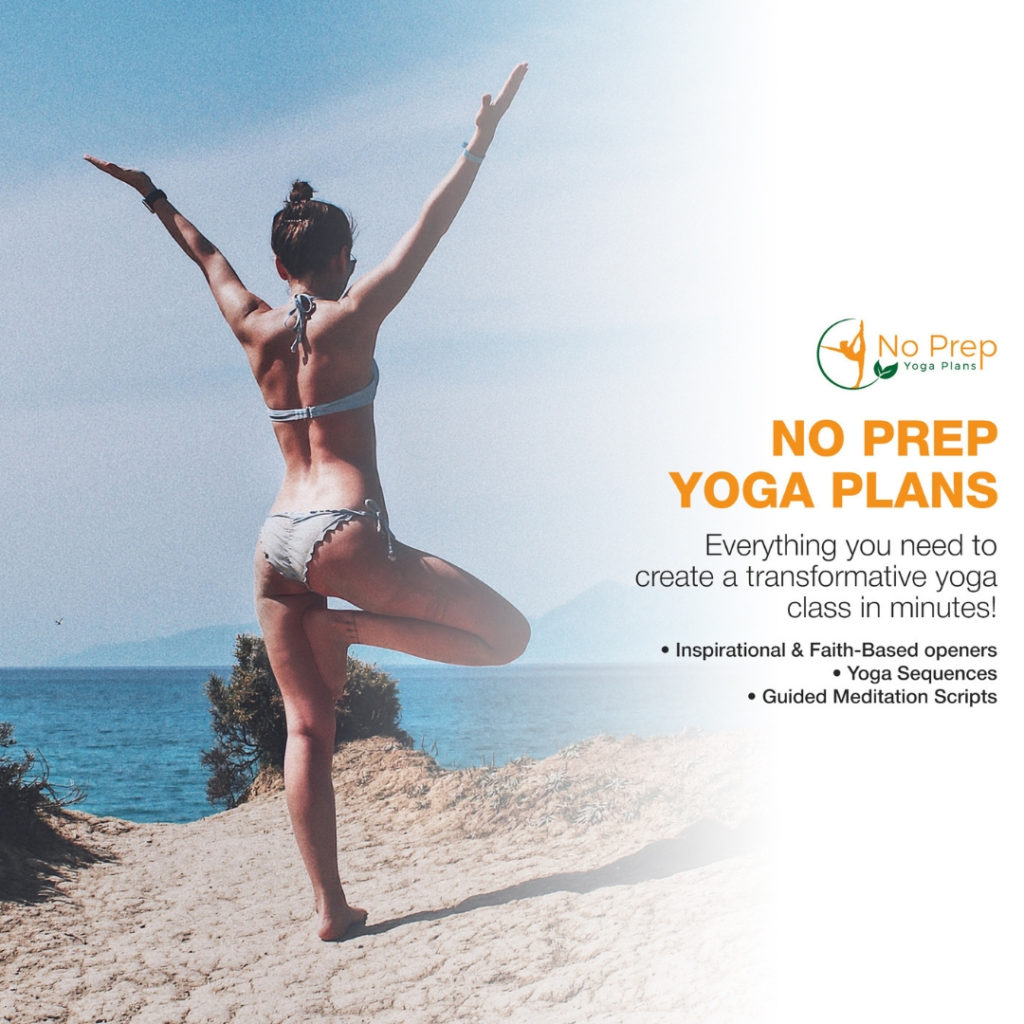
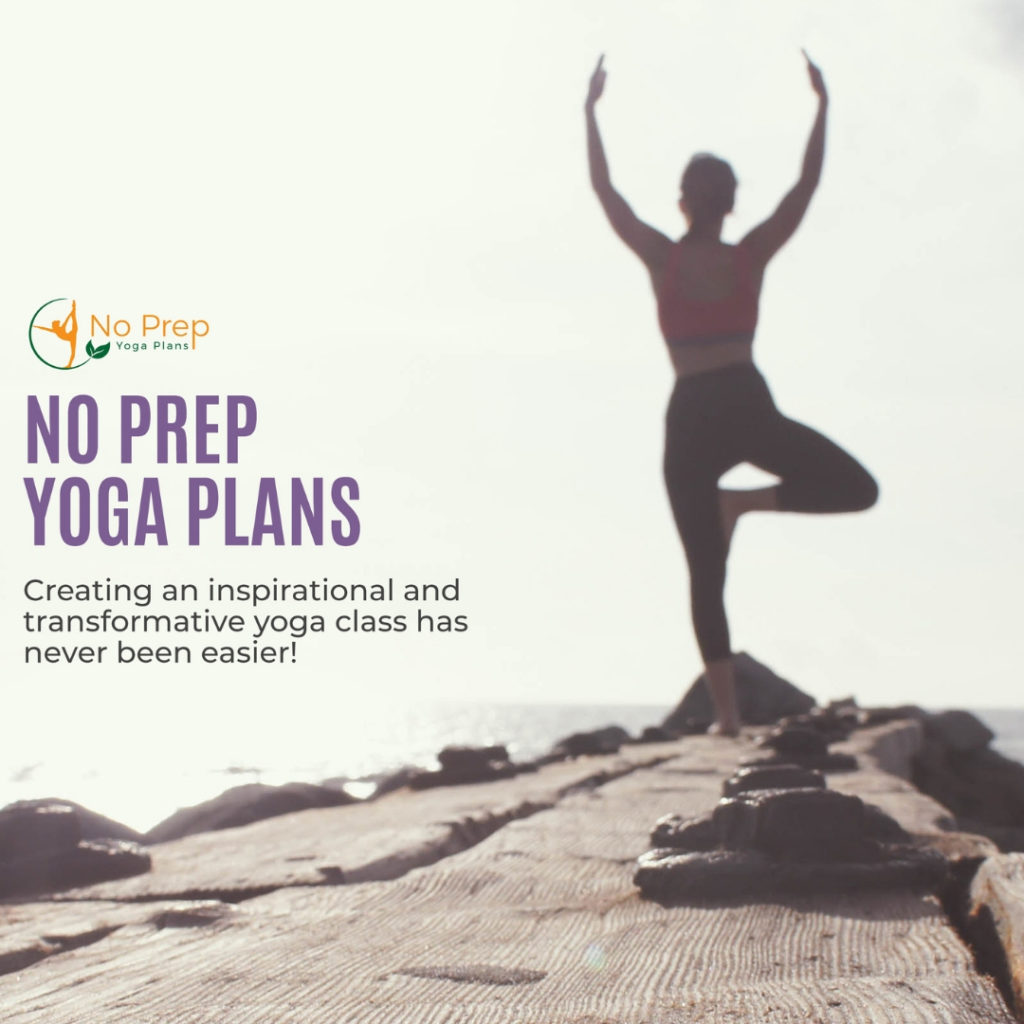
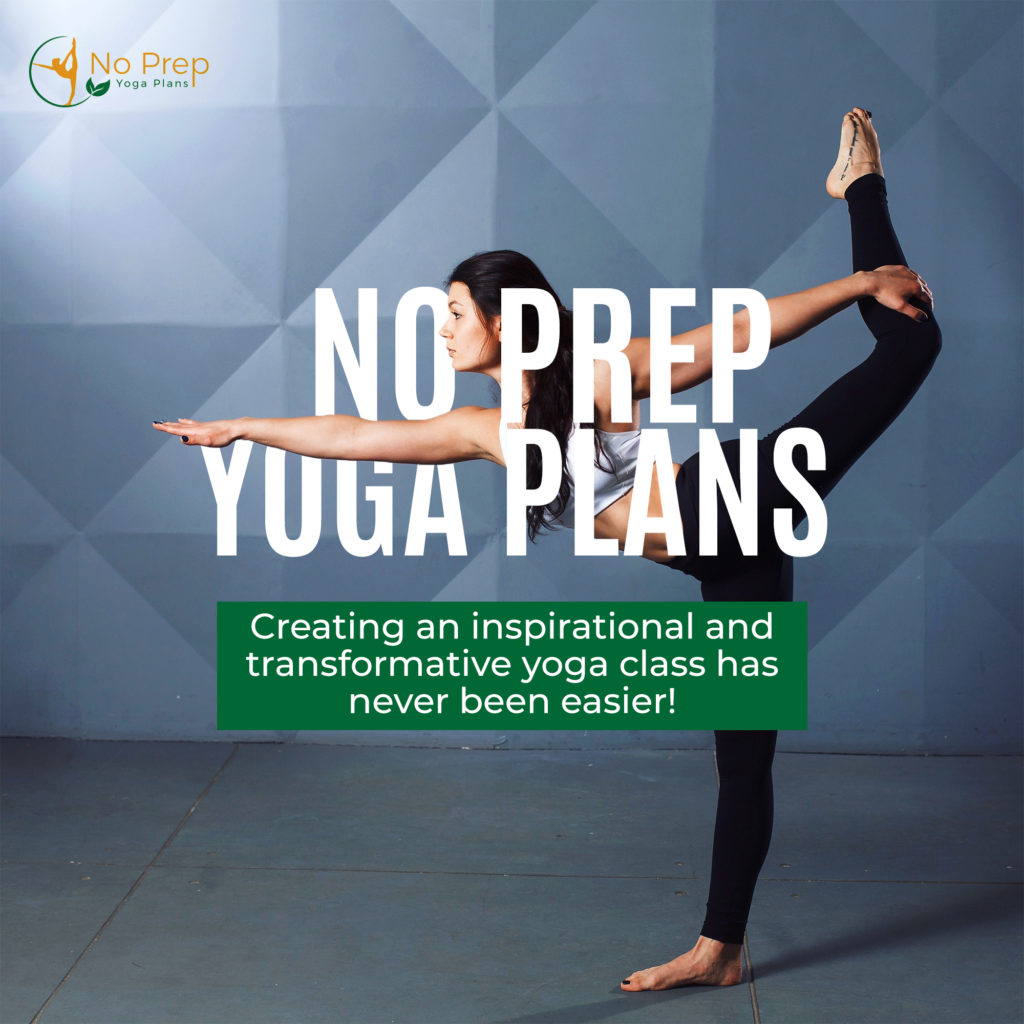
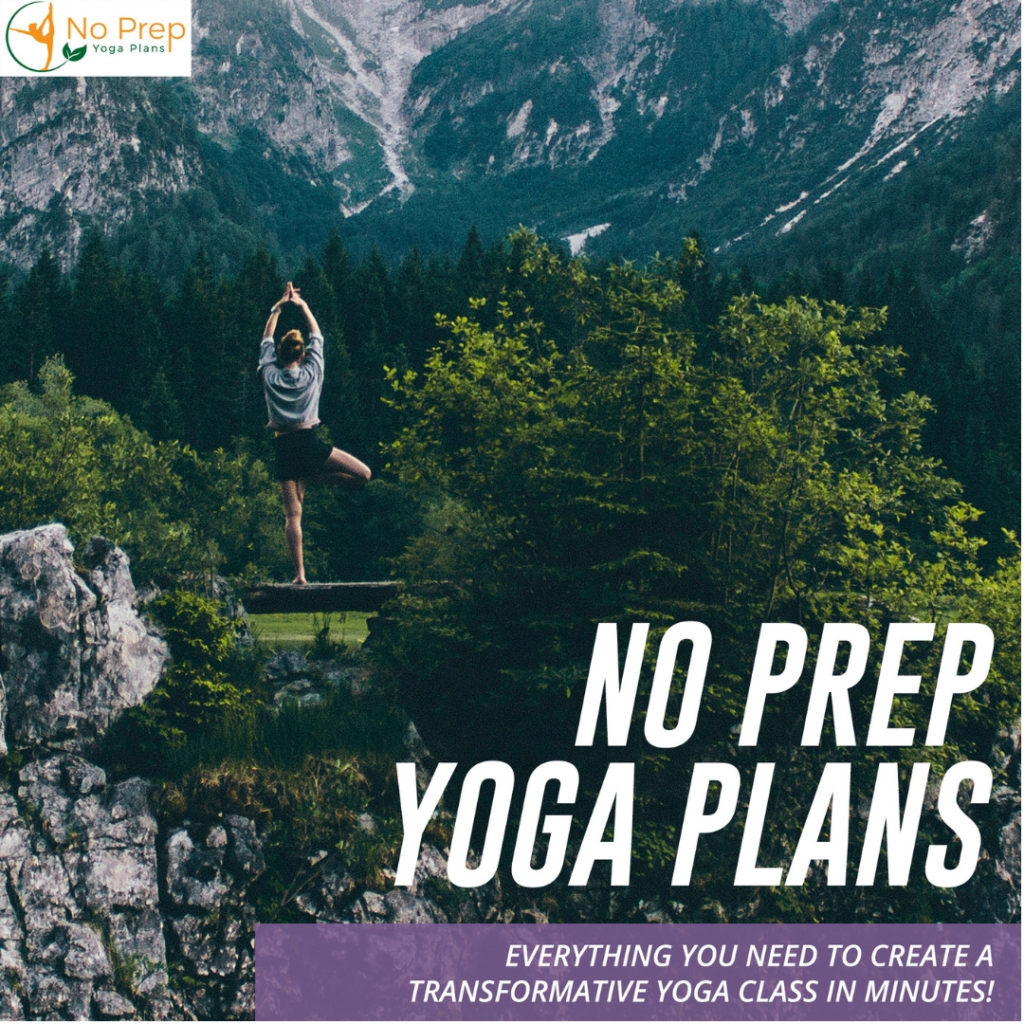
Pinterest Posts
Create more of your own using Canva.com! To use graphic images just right check and save to your computer.
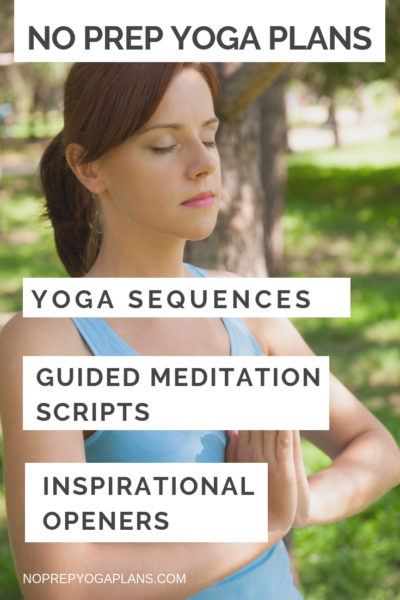



Click on image to get text or email promotional message.




Subject: Thank You
Congratulations! You’re on your way to creating your very own faith-based and inspirational yoga course.
Step 1-Done (insert check mark symbol)
Thank you for downloading (affiliate name) “No Prep Yoga” sample e-book. This introductory e-book provides you with a preview of our comprehensive curriculum.
Step 2- Invest in your dream career! (link to site to purchase)
We understand that the road to becoming a yoga instructor is a journey, and we are here to help with our fully customizable and ready to use guides.
“No Prep Yoga” takes yoga and transforms it into a Christian-centered and faith-based experience. With the use of biblical scriptures this course was designed to renew your mind, body and soul.
Buy Now (include link to site)
Your investment will include:
- No Prep Yoga Book
- Printed Book with Binders & Custom tabs
- Yoga Studio license (includes e-book & printed with binder)
- Bonus! If you purchase before (enter date) you will receive (enter promotional deal)
The time is now, to learn more visit NoPrepYogaPlans.com and for more information visit our website (insert affiliate website).
Subject: Your Blueprint to Create a Faith-based Yoga Class in Minutes!
Don’t let your dream career pass you by, “No Prep Yoga Plans” is a spirit led blueprint to teaching faith-based and inspirational yoga. You can create a “No Prep Yoga Class” in just minutes!
This comprehensive plan can be used for brand new yoga instructors or existing yoga instructors who want to add more value to their classes. Our course material is intended to experience lasting transformation, whole worship and an intimate experience that will draw your class closer to the heart of God.
Invest Now (include link to site)
Your No Prep Yoga Book will include:
- Printed Book with Binders & Custom tabs
- Yoga Studio license (includes e-book & printed with binder)
- 30 themes inspirational or devotional messages
- 30 guided meditation to choose from
- 15 progressive relaxation openers
- A variety of yoga sequences to choose from
- Essential oil guides to enhance the uplifting experience of the asanas
There’s also easy to use instructions for breathing techniques, best poses for common emotional and physical ailments, verbal cues, and so much more!
Bonus! If you purchase before (enter date) you will receive (insert promotional deal).
To learn more visit NoPrepYogaPlans.com and start planning your yoga class today.
Subject: Learn Why Yoga Instructors Prefer Our No Yoga Plan Over any Other
Don’t just take our word for it, hear from (insert name of person giving testimonial) For example: Regina Queen, Relaxation Therapist, Yoga Instructor & Wellness Coach share her experience using No Prep Yoga Plan:
“No Prep Yoga Plans should be included in every Teacher Training Program. This is such a beneficial resource for Yoga Teachers both personally and professionally. After I completed my Teacher Training I was overwhelmed and a little burned out. I felt intimidated and wasn’t sure where to begin.
This guide helped me create the foundation for my classes as I added my signature style. I have multiple commitments and sometimes find it difficult to find the time to prepare proper sequences for every class ahead of time.
The self-reflective meditations are extremely helpful as they allow me to center myself before each class. Rhonda provides the roadmap that creates space for me to be still. It is mutually beneficial for my students and myself. If you are considering a Faith-based Yoga teacher training, Please consider No Yoga Plan, it will change your life, and those around you in the best way possible.”
- Regina Queen, Relaxation Therapist, Yoga Instructor & Wellness Coach
You can visit Regina’s website at (insert website)
To learn more visit NoPrepYogaPlans.comand invest in your business today.
Subject: No Prep Yoga Plan: A Pocket Guide to Yoga
(Use similar format to Workflow #3 and share another testimonial) For example:
“As the creator of “No Prep Yoga Plans,” I first thought of the idea for a go-to guide to help me create a quicker, easier, and more rewarding class for my students. Being a part-time yoga instructor who teaches only a few classes a week and not a whole lot of time to prepare, I was looking for a way to create an inspirational yoga class in a moments notice.
I absolutely LOVE using my No Prep Yoga Guides. Typically, the day before a class, I will use the No Prep Themed Table Guide to help me build a class fast! I never have to stress over what I am going to teach or spend hours researching or putting a class together. It’s all right there at my fingertips. I teach with so much more confidence now. It has also made teaching much more fun and rewarding for me, and I know my students are benefiting as well!”
– Rhonda Jones
No Prep Yoga Plan successfully integrates mind, body, and spirit tradition of yoga fused with Christianity. It has worked for me and I highly recommend it to you!
To get started today visit NoPrepYogaPlans.com. (add affiliate link)
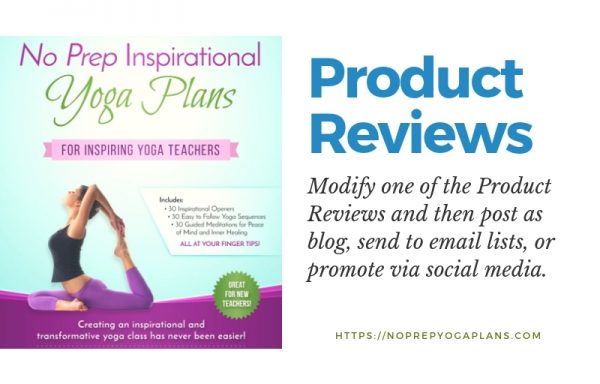
Blog Post Product Reviews
Create a blog post using the reviews and personalize or modify it.To use the graphic images just right click and save to your computer.
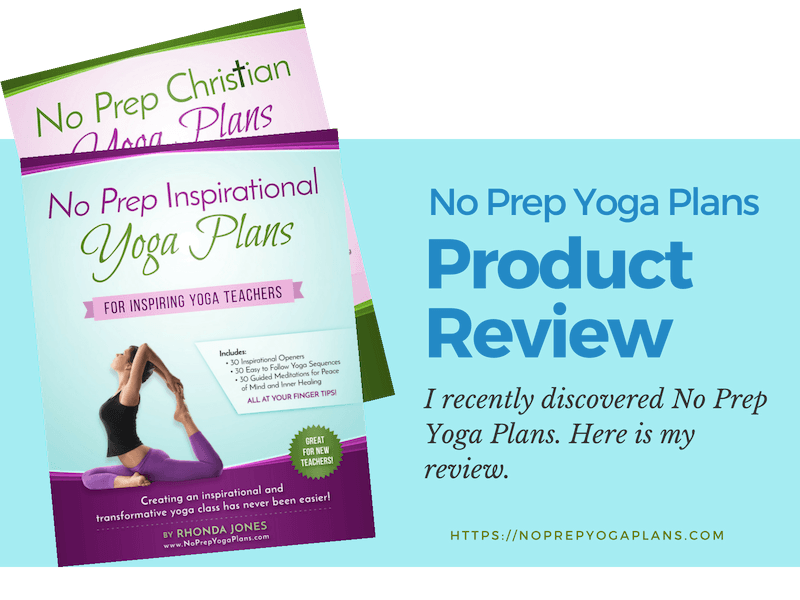 No prep yoga plans Product Review
No prep yoga plans Product Review
No Prep Yoga Plans is a company that makes manuals for yoga teachers that, as the name suggests, require no preparation. It offers an inspirational’ version as well as a aith-based’ version, both of which are available as eBook or hardcopy.
Both versions include 30 openers, 30 guided meditation scripts, over 30 yoga sequences and more. An instant-access eBook of either version will cost you $97, a hard copy is also available at $137. There is also a $137 eBook to get both copies. How good is it?
As many of you yoga teachers will also have experienced, starting as a yoga teacher can be quite difficult. In many cases the training doesn’t seem to provide enough information to get started, which can make you very nervous. That’s where No Prep Yoga Plans comes in: 265 pages of openers, meditations, sequences and more that give you references and tips for your next yoga class.
I recently started using the Faith-based No Prep plan and I have to say it lives up to its name. If I would have to give a yoga class right now, I could open the book and start going right away.
The openers give you prayers and scriptures and have you set an intention for your practice. The prayers are very inspiring and perfectly set the mood for the class. I also really like the idea of setting an intention because it gives a shared goal for everyone in the class and creates a special connection in the group. For almost everyone this will make the class a better experience.
Of course the book also gives you yoga sequences. The difficulty varies a bit, but as a yoga teacher with some basic training you will have no problems doing and teaching these poses. Once again, the book lives up to its name: I could do and teach the poses without any preparation. I just picked a sequence and started.
The book also covers a lot of meditations, all of which have a certain theme or themes. I like to use these themes to create a red line in my sessions. By combining it with a sequence and a fitting opener I can make my classes flow towards a goal, which works very well. Since the meditations are completely scripted, I once again need no preparation to do it! It even gives me hints at when to pause and how to speak, so there is almost no way to do it wrong, especially since the texts are very inspiring.
All in all, No Prep Yoga Plans offers inspiring ways to teach yoga. You can buy it at http://NoPrepYogaClasses.com. A free sample is also available at the website. If you are a yoga teacher looking for a way to improve your classes or if you just want some inspiration for your next session, the No Prep Yoga Plans are the way to go for you. Because of the way the book is written, it is also great for new teachers. And you won’t have to prepare a thing
 Introduction.
Introduction.
Personally, I used to have worries on how and when to prepare Yoga sequences for my class since I was always held up and too busy to make time. Sometimes I would end up cancelling a class just because I didn’t prepare adequately and felt like I would deliver less than expected. This affected both me and my students adversely, and so I decided to search online for any already prepared Yoga plans. The ones I found were so vague and costly, they were the complete opposite of what I needed, and I nearly gave up on the whole idea.
One afternoon I started perusing through the internet trying to find a solution to my problem. I wasn’t looking that hard, all I was doing was skimming through the web pages. After an hour or so I bumped into something that caught my eye, No prep yoga plans. I became excited, I stopped, recollected myself and started going through the webpage reading each and every word. The more I read, the more it became very interesting, they had exactly what I needed for my Yoga class.
They had amazing faith-based motivational openers, yoga sequences and inspirational scripts. I was very impressed. The best part is that I got all these absolutely free without spending a dime all thanks to their free sample of No prep yoga plans. I quickly contacted my students and rescheduled all the classes I had missed. No prep yoga plan saved my life!
What to expect from No prep yoga plans
There are so many amazing activities featured on No prep yoga plans; these activities will ensure that your class is both active and disciplined throughout the Yoga session. They include:-
Motivational openers
No prep Yoga plans will give you detailed motivational class openers that will jog your student’s minds and keep them alert. These motivational openers are also very essential for their spiritual growth. I always add some of my ideas as well as some scripture verses to keep the session alive and interactive. This helps my students to quickly get into the Yoga mood before we begin the days’ sequence.
Yoga sequences
No prep Yoga plans have more than thirty Yoga sequences; this always gives me an easy time since am sure I won’t run out of options. The sequences are very involving, and my students tend to enjoy the class more than they used to.
No prep faith guided meditation
I have never seen such an inspirational meditation in my life, ever! No prep Yoga plans give some of the best faith guided meditations that have been very helpful to both me and my students. At the end of the day, I am sure my student’s faith has been restored as well as their body and mind.
No prep yoga plans have made my life easy and my yoga classes interesting. I no longer cancel classes, and I never run out of yoga sequences to teach my students. The inspirational meditations are just amazing and very helpful. Get your free No prep yoga plan sample and transform your teaching experience.

Blog Articles & Graphics for your Website (and Social Media)
Please Note: We recommend creating new graphics or images for the articles or posts. Canva is a free graphics building website you can use. Just google it. You can also get royalty free photos on pixabay and unsplash.

5 Great Yoga Workshop Ideas You Can Implement Easily
by Guest Writer Rhonda Jones
Hosting your own yoga workshop is the next logical step for any Yoga teacher who develops a greater interest in the intimate details of the practice. After practicing for a while you come to realize that you are particularly good in some areas of Yoga practice. Maybe you make a name for yourself as the best teacher for niyamas and yamas, or maybe your students rave about how good you are at creating creative flows through giving adjustments.
However, while hosting a workshop can be a great way to increase your income, you need to know how to have a successful workshop. The first step to having a great workshop is choosing a few core topics. This guide provides several topic ideas to get you started on executing and planning a yoga workshop.
Teaching Meditation
This type of workshop will teach the basics of how to lead meditation classes so that it can become a joyful and more accessible experience for the students. Taking either a practice, discussion or lecture format, you can cover several meditation techniques such as how best to teach visualization, counting, tantric micro-practice, and the basic breathing techniques that include classical mantra, and heart-centered mantra.
The Business and Profession of Yoga
This could be a very powerful workshop topic that a lot of Yoga teachers will be interested in. Some of the topics to focus on include marketing for yoga teachers, how to handle compensation, how to write your yoga teacher resume, yoga teacher livelihood and lifestyle, and professional ethics. For the most part, this will be geared towards beginner or intermediate yoga teachers and hence could also include how to position oneself as a yoga studio of choice, and the nuts and bolts of how to grow a Yoga Studio business, or even transition into private yoga lessons to earn more money.
Integrating Mind, Body, and Spirit
This workshop topic will teach the participants how to teach arm and hip balances to students with proper compassion, intelligence, patience, and integration. Unlike in your normal studio class, you will go deeper into the basic elements of the asanas and how all these come together to form the fuller asana. Teaching arm and hip balances, the participants will practice how to connect body and mind to develop personal freedom, confidence, and equanimity. It is always better to practice all the Asanas rather than just reading theory and hence this workshop will involve a lot of practical work in groups.
The Science and Art of Sequencing
One of my all-time favorite workshop ideas as it encompasses practically all the poses you could ever think of. How you go about this is to teach the participants about the basics of ordering poses. For many beginner yoga teachers, ordering poses is not quite as intuitive. As such, this lesson teaches why a certain pose comes before another based on subtle energetics, biomechanics, and functional anatomy. Another important part of this lesson is that it will teach your participants how to make their asanas deeply satisfying, accessible and as safe as they can be for their students. The best way to do this is by opening with a lecture on how the different poses follow each other. This will then be followed by small group discussions on the theoretical foundations of kinesiology, biomechanics, and functional anatomy and how these affect the practice of the asanas.
The Relationship between Inversions, Arm Balances and Core Practices
This workshop will provide an in-depth look inversion poses, arm balances, and application of core practices. Going deeper into the subfamilies, we can design a lesson on how to perform standing balances, external rotation, and internal rotation. The most common challenges that students face in the yoga class will be explored with the yoga teachers discussing their experiences in an open session. To make the lesson richer, also include how the teacher can best observe student challenges then using a variety of props modify the lesson to help the student get a lot more from the session.
Creating workshops is another great way to earn revenue and promote yourself as an expert yoga teacher. If you need a little assistance in creating a great workshop, considering getting a copy of No Prep Yoga Plans. It contains some relevant information that can help you plan a meditation workshop, sequencing, or even integrating the mind, body, and spirit. I highly recommend No Prep Yoga Plans which has both a Inspirational and Faith-based version. No Prep Yoga Plans is like the Cliffnotes of Yoga for new yoga teachers. It contains yoga sequences, guided meditations, inspirational openers, and much more. To download a free sample, visit No Prep Yoga Plans. ((Add affiliate link)).
Author Bio: Rhonda Jones is the author of No Prep Yoga Plans, the new yoga teacher’s cliff notes. Rhonda created NPYP after feeling she needed an organized yoga resource book to help her create a transformative yoga class in minutes. NPYP comes in two versions: Inspirational or Faith-Based. Rhonda desires that all new yoga teachers start their yoga careers with confidence and provide seasoned yoga teachers tools for creating a yoga class that ministers to the mind, body, and spirit of every yoga student.
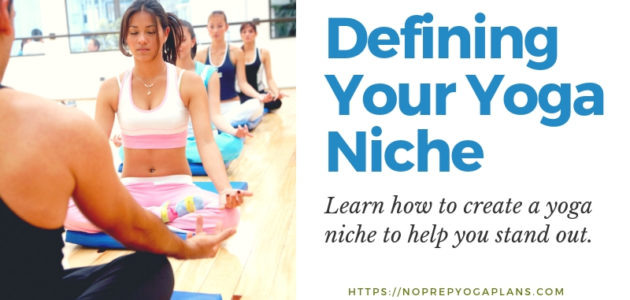
Yoga Teachers: Finding Your Yoga Niche
by Guest Writer Rhonda Jones
– Are you willing to undergo further training that may enhance your ability to teach yoga?

6 Steps to Get Started Teaching Private Yoga Classes
by Guest Writer Rhonda Jones
Teaching private classes is the epitome of a Yoga teaching career due to several reasons. Private Yoga is a skill set very different from the group led classes as it is highly customized in design which makes it more satisfying both for the teacher and the student. Given that it is a better product all around, the student is normally willing to pay more per session, which means you as the Yoga teacher can add a lot to the bottom line. So how do you get started teaching private Yoga classes?
Determine Your Ideal Client
While you may be tempted to help everyone, that is not how you grow a private Yoga business. You need to determine the type of client you love working with depending on your training, your personality, their personality, and their problems. When you decide to go private, it is important that you for the most part work with clients you enjoy spending time with. Sit down with pen and paper and write down the adjectives that describe your ideal client most of which you will derive from your favorite group students. Some of these may include what they like, who they are, how they like spending their leisure time and the type of problems they have.
Work Out the Logistics
Before you even begin your marketing, you need to work out the logistics as these could make or break your new Yoga practice. One of the important aspects is where to hold your sessions. Are you going to hold them in your home, their home, local studio, local gym, community center or park? The decision will depend on how comfortable you or the client feel about the location. Some clients may love to have their sessions at home or in public spaces, and you have to determine what you are comfortable with before you start marketing your services.
Logistics also does involve having high-quality props to make your session stand out from the run of the mill group sessions. You may have to look at investing in heavy blankets, eye pillows, mats, and top quality bolsters, straps and blocks that the client may not necessarily have with them. These enhance the quality of the session and make you seem more professional and worth the price they are paying.
Determine Your Worth/Develop a Pricing Model
Even the best yoga teachers find it hard to set a price point for their services when they decide to go private. However, the key is to understand your value as an experienced professional who helps clients solve their problems. As such, you first need to acknowledge how much your time and input is worth to the client.
The best way to do this is to:
1. Shop around your locale and price your services similar to what other practitioners are charging.
2. Charge higher prices depending on how much customization the client needs. For instance, charge higher prices if you have to go to the client’s home.
3. Offer a package deal. Offer better deals to long-term clients or for clients who book longer sessions so that you can have better quality clients who value your time.
Purchase Liability Insurance
Before you market or sign anyone you need to protect yourself from any liability or threat of litigation. You can waive responsibility all you want but in the instance of client injury, you may find yourself on the wrong end of a lawsuit when the waiver fails to hold up in court. You can save yourself a lot of grief and possible financial ruin when a client gets an injury by having liability insurance. The good news is that you can get relatively affordable liability insurance which several private sessions will easily cover.
1. Sell to Your Group Classes
Just like with any other business marketing is a critical component of your overall business strategy. The good thing with the transition to private Yoga classes is that you already have a pool that may be interested in your services. As such, start with the public group classes that you can tell about your private and specialized lessons, and invite anyone who is interested.
Given that Yoga is mostly local, designing a good flyer works really well to spread the message abroad. Have a flyer designed and distribute it to acupuncture offices, massage therapy salons, health food stores and any other holistic health places that could attract the type of clients you are looking for.
3. Network and Partner
While you are handing out your flyers you could also network with the employees and owners which could lead to some form of partnership or promotion program that is mutually beneficial. For instance, they could offer 20% off the list price if a client bought both Yoga and a massage.
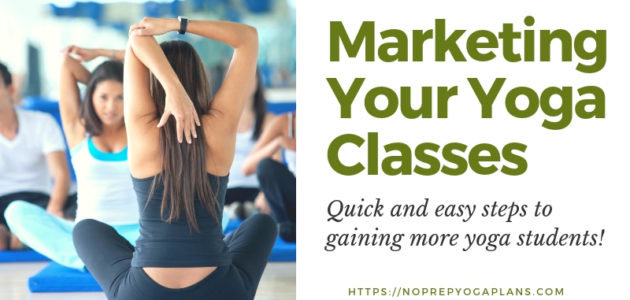
5 Successful Strategies to Market Your Yoga Classes
by Guest Writer Rhonda Jones
With more people coming to the realization of how important it is to have physical and mental health, the Yoga teacher has better opportunities to earn a good income from serving this target demographic. However, with so much opportunity in the space there has been an explosion in spirit guides, meditation teachers, dance instructors, and yogis. With so many practitioners out there standing out from the crowd has become even more important than ever.
The best way to stand out in the crowded marketplace is by putting in place an innovative marketing strategy. This guide sets out five effective ways to market your yoga business.
2. Visual Elements: Have high-quality slogans, logos and theme colors designed for your business that you will use in all your marketing material and properties such as email templates, social media profiles, websites, and studios.
By doing this you set yourself apart as people come to associate your business with certain colors, logos, and values.
Word of Mouth Marketing
Word of mouth marketing is one of the oldest ways of marketing a business and it still works like a charm. For a service business like a yoga studio which is, for the most part local, nothing works as good as word of mouth marketing. In fact, research has shown that as many as 85% of yoga business owners get new clients through word of mouth.
The best way to market your yoga business by word of mouth is by building a community and providing the best atmosphere, experiences, and customer service possible. If you can genuinely get your existing customers to recommend your yoga lessons to their family and friends, then you stand to grow your business by a lot.
Content Marketing
If you intend to grow your business beyond the local, then having a content marketing strategy is one of the best ways to do it. The first place to start is to build a website where you can brand yourself as an expert.
The best way to do content marketing is to position yourself in a few areas of yoga practice. For instance, you can pick five to ten asanas and blog about the basics and emergent trends about those asanas. By doing this you will be considered an authority on those topics, which creates trust in your brand.
Content marketing could also include video marketing. Invest in a good video recorder and editing software and create interactive short clips on how to do particular asanas or interesting topics that you can live stream on YouTube or on platforms like Periscope and Twitch.
Partner with Local Businesses
A yoga business stands to benefit a lot from partnering with similar body and mind wellness businesses in its locality. As a Yogi approach business such as massage parlors, healthy food restaurants, nutritionists, and even therapists to partner up to cross-promote your businesses.
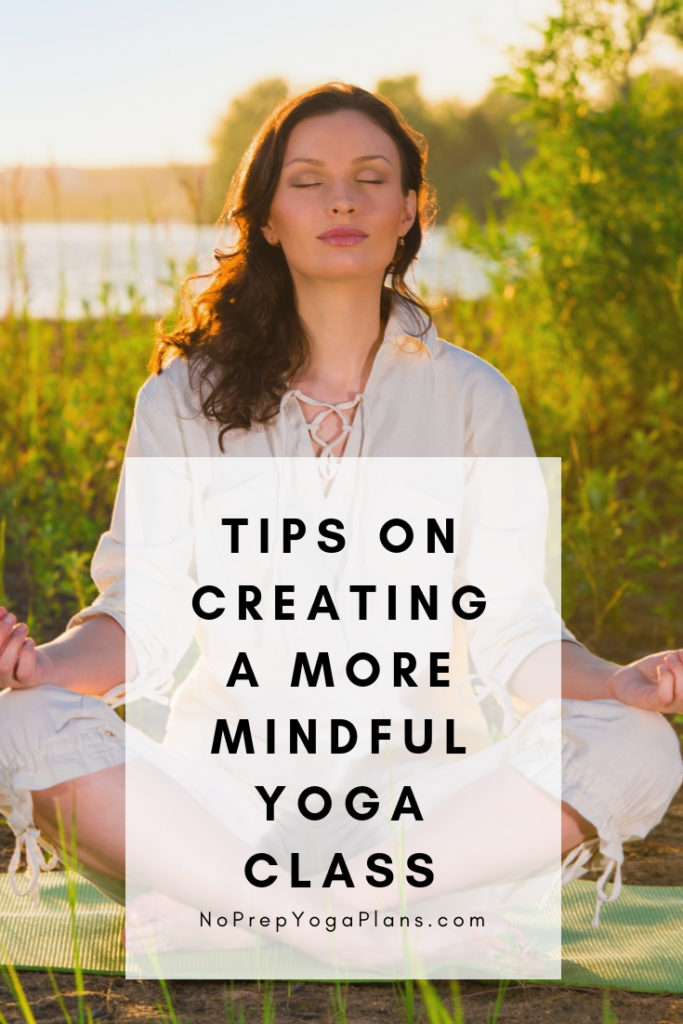
Tips on Creating a More Mindful Yoga Class
by Guest Writer Rhonda Jones
Yoga is 99% practice and 1% theory, this is according to the words of the great Sri Pattabhi Jois.
A well-planned sequence is critical to safe practice, and for this reason, as a yoga teacher, you need to follow strict asana guidelines. The 1% theory is part of what explains the meaning of yoga, in other words, yuj – Sanskrit root that means to yoke or join body and mind. A yoga workshop has to go deep into the heart of each learner, which is why the theme you choose for the workshop determines the effectiveness of the art.
Here is a list of 5 yoga mindful ideas you can introduce to your students and how you can implement as part of the yoga plan:
1. Embracing change
Human beings are complex organisms. We are built to develop, grow, and eventually adapt to almost any circumstance. According to the law of Karma, we are constantly changing each moment, every day. Responding to these changes effectively leave an imprint on our consciousness.
Yoga students need to reflect on changes that happened in their own lives. As a yoga teacher, you’ll then be required to offer some mindfulness practice. Students should connect with their body and spirit before moving to a set of heart-opening poses.
2. Expressing gratitude
Expressing gratitude is the genesis of a healthy mind and spirit. Instead of investing most of our energy on the negative, you need to be thankful for the positive that life brings. Grace is often elusive today than before as we are mostly stuck in traffic including personal commitments.
A sequence of standing poses as well as balancing using visualizations and verbal cues can be used to implement gratus’ – Latin for grace – among the students. For example, allowing the students to express gratitude by inviting them to participate in an act of kindness. It can be random or planned.
3. Playing the edge
Everyone needs a healthy ambition to achieve the best out of him/her. Playing the edge is what enables you to push harder in every situation that may appear as a challenge. Yoga students should be encouraged to push beyond the first stretch, and take each pose slightly deeper.
Playing the edge will help students to push beyond the comfort zone, and adventure our perceived confines. Begin by ensuring that the mind is still, and the body calm by evoking a sequence of warmup and stretches.
4. Practicing non-attachment
Vairagya, in other words, non-attachment is a core yoga principle as we have the capacity to detach with our thoughts and see the world as it is – true reality. And for anyone to reach enlightenment, you need to be dispassionate. You need not make a judgment about yourself.
A number of scaffolding poses are used as part of the practice. Students should explore fresh poses without making any judgment throughout these transitions. Low-stake poses such as low squats and moving to high-peak poses like crow pose, then side crow, going to 8-limbed pose, can encourage the learners to practice non-attachment.
5. Being yourself
This is the hardest of all yoga poses. Being yourself is enlightening yourself. Bhagavad Ghita 3.35 states that, “One cannot keep himself on the spiritual path if he abandons the duties born of his true nature. One’s own duty, performed imperfectly, is better than doing another duty perfectly”.
Plan your sequence mainly around the warrior poses to ensure that you empower students and promote self-realization as well. Students can be invited to personalize their asanas focusing on variations including modifications on poses such as the funky tree.
Apart from the above ideas, as a yoga teacher, you need to lead with your heart. Engage with the learners and find out what actually inspires them to practice yoga. Feel free to share your story, quote, or asana with your students and develop the workshop around it. Go ahead with your passion and everything else will follow.
If you love offering your students more in terms of creating a more mindful yoga experience, I highly recommend No Prep Yoga Plans ((Add your affiliate link). The plans come in both inspirational as well as faith-based (Christian) versions and contain yoga sequences, guided meditation scripts, inspirational and devotional openings, essential oils guide, charts on selecting poses for common ailments, and more. Learn more at No Prep Yoga Plans. ((Add Your Affiliate Link)).
Author Bio: Rhonda Jones is the author of No Prep Yoga Plans, the new yoga teacher’s cliff notes. Rhonda created NPYP after feeling she needed an organized yoga resource book to help her create a transformative yoga class in minutes. NPYP comes in two versions: Inspirational or Faith-Based. Rhonda desires that all new yoga teachers start their yoga careers with confidence and provide seasoned yoga teachers tools for creating a yoga class that ministers to the mind, body, and spirit of every yoga student.

Nobody Turned Up For My Yoga Class: How to Remedy “No Shows”
by Guest Writer Rhonda Jones
You sit on your mat in front of your studio waiting for the students to start trickling in. It is nearly 6 PM and you have everything from the props to the music set up for what should be an intense but hugely satisfying lesson for your students. But then the minutes start ticking by, 6 pm comes around and no one walks in, maybe they are caught up in traffic, 6:10…. 6:20…. 6:30. No students come in.
Yoga no shows can be quite a humbling and upsetting experience that can lead to moments of self-reflection and even tears, especially for new yogis. It has happened to the best of Yogis and is likely to happen to many more teachers. However, you could sit on your mat trying to find reasons why your students are a no-show or be proactive to ensure it does not happen again. This guide offers you six tips to reduce or make insignificant the number of students, who are a no-show for your yoga classes. Let’s get to it.
Offer a Deal
Every teacher has those days or hours when attendance typically falls. If you have a no-show class you could offer a lower price for that class next time you offer it by offering some kind of happy hour on studio drinks and food, and even provide discounts for students who attend. If you find out that the no-shows happen on a particular day say weekends, you could shoot your students details of the deal on text or email on A Friday, offering something like 20% off for any student who books a class within 24 hours.
Leverage Social Media
Many yogis think social media is only for posting about special events, cancellations of classes and class times. However, social media can be a very useful tool in boosting class attendance and reducing no-shows. If you a little bit innovative you can use social media and video to portray the class in a different light so that students who did not show up get excited about it. Some strategies that I have found very effective are taking videos of the new asanas and how they help the student and then posting photos of happy students immediately after a session. Try to keep the updates as short as possible just to give the no-show students a preview so that they want to learn more and so they attend the next class.
Be Personable
It is a hard thing to swallow for any yoga teacher but sometimes you are the reason for the no-shows. Students always love a personable and accessible teacher who understands them and their needs. The best way I have found to do this is by getting to class early and introducing yourself to students and getting to know them. You could also stay behind after the class to answer the questions that your students especially the new ones have about the session and Yoga in general. Making the new students feel comfortable is particularly important as it will keep your pipeline full and potentially earn new clients through word of mouth.
Offer Prepaid Memberships
People value their money and are more likely to attend the class if they are locked into a contract. I have found this to be one of the most effective ways of reducing or completely eliminating no-shows, particularly when combined with flexible class packs. Always have your students sign a prepaid membership that locks them into a contract for a given time. Have a no-show and cancellation policy that charges the members for not showing up or canceling their sessions, alongside a no makeup class policy. The flexible pack could involve locking students into weekly, monthly, or yearly contracts with the no-show and cancellation charges on a reducing scale depending on the duration of the contract. For instance, you could charge $10 for each late cancellation and no shows on the monthly pack, and $5 on the yearly pack. This strategy not only reduces no-shows but is also beneficial to the students who get to enjoy the yoga lessons without worrying about payments for the duration of the contract.
Use Automated Reminders
Some students do not mean to be no-shows on purpose. Some will simply forget that they need to be in class on this or that day of the week or they may have double booked themselves. Using automated reminders is a courteous and quick way to remind students of their Yoga class. When you sign up students ask them which method of contact they are comfortable with whether it be an email reminder, text message, or phone call. You can also use your electronic communication to send a Missed Session with something like “Sorry We Missed You” text.
You do not know why the students failed to show up and hence you have to follow up instead of coming up with your own conclusions. Call them up immediately after the missed class and ask why they did not show up. If they do not pick up leave a voice message.
Some of the reasons clients may be no show include:
1. The lessons are too hard for them to do or they are not challenging enough.
2. Some may have personal emergencies or the time of the class is just not working for them
3. They may find the teacher not personable or accessible enough
Nonetheless, some students are just not a good fit for the class and if you determine that, it is always better to inform them that the arrangement will not work and let them go.



